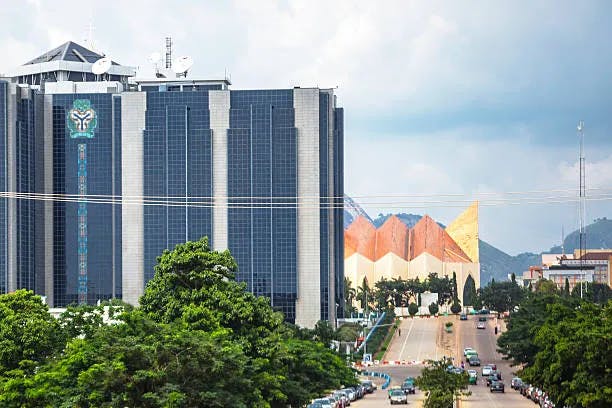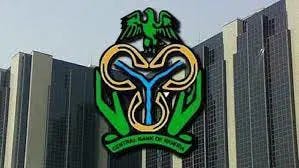Banks’ deposits with CBN soar 783% to N79.8trn
Banks’ deposits with CBN soar 783% to N79.8trn

The Central Bank of Nigeria (CBN) witnessed a staggering increase of 783.7 percent year-on-year (YoY) in banks' deposits, climbing to N79.8 trillion in the first seven months of 2025 (7m’25), up from N9.03 trillion during the same time in 2024 (7m’24). This surge indicates a significant amount of excess liquidity within the banking sector.
The CBN provides two short-term lending options for banks: the Standing Lending Facility (SLF) and Repurchase (Repo) lending. Through the SLF, banks can borrow funds at an interest rate that is 500 basis points (bps) higher than the Monetary Policy Rate (MPR). Meanwhile, the Repo lending involves the CBN buying banks' securities with a commitment to resell them at a later date, typically for a higher price.
Conversely, the apex bank offers banks the opportunity to deposit funds via the Standing Deposit Facility (SDF), which earns an interest rate of MPR minus 100 bps.
Analysis of trends indicates that banks’ deposits in the SDF soared by 158.4 percent quarter-on-quarter (QoQ), reaching N49.68 trillion in the second quarter of 2025 (Q2’25), a notable increase from N19.22 trillion in Q1’25.
In July, banks reported total deposits of N10.9 trillion, marking a decrease of 29.2 percent from N15.4 trillion in June 2025. The high uptake of the SDF by banks, along with the excess liquidity, reflects the impact of CBN’s decision last year to adopt a single-tier payment system for SDF.
This policy set all SDF deposits to earn interest at the MPR minus 100 bps, resulting in an SDF rate of 26.5 percent, given the current MPR of 27.5 percent. Conversely, banks' borrowing through the SLF diminished by 11.6 percent YoY, falling to N66.47 trillion in 7m’25 from N75.19 trillion in 7m’24.
On the other hand, a look at recent trends showed that borrowing via the SLF increased by 61 percent QoQ, amounting to N50.46 trillion in Q2’25, compared to N9.38 trillion in Q1’25. Monthly figures reveal that banks’ borrowings were recorded at N6.63 trillion in July, reflecting a dramatic drop of 245.3 percent from N1.92 trillion in June 2025.
The drop in banks’ borrowing from the CBN indicates that there are liquidity issues in the interbank money market.
During this time, the central bank engaged in a liquidity tightening strategy by regularly selling Open Market Operations (OMO) treasury bills (TBs).
According to Vanguard’s research from the central bank, CBN sold N11.53 trillion in OMO TBs in the first seven months of 2025, marking a 75.2 percent increase from N6.58 trillion in the same period in 2024. Similarly, the cost of funds in the interbank money market saw a notable rise, with the average interest rate on Collateralized (Open Buy Back, OBB) loans reaching 31.6 percent by the end of July 2025, compared to 25.75 percent at the end of July 2024.
Tags:
Related Articles

Cooking gas price drops 17.4% to N11,875 – Investigation


